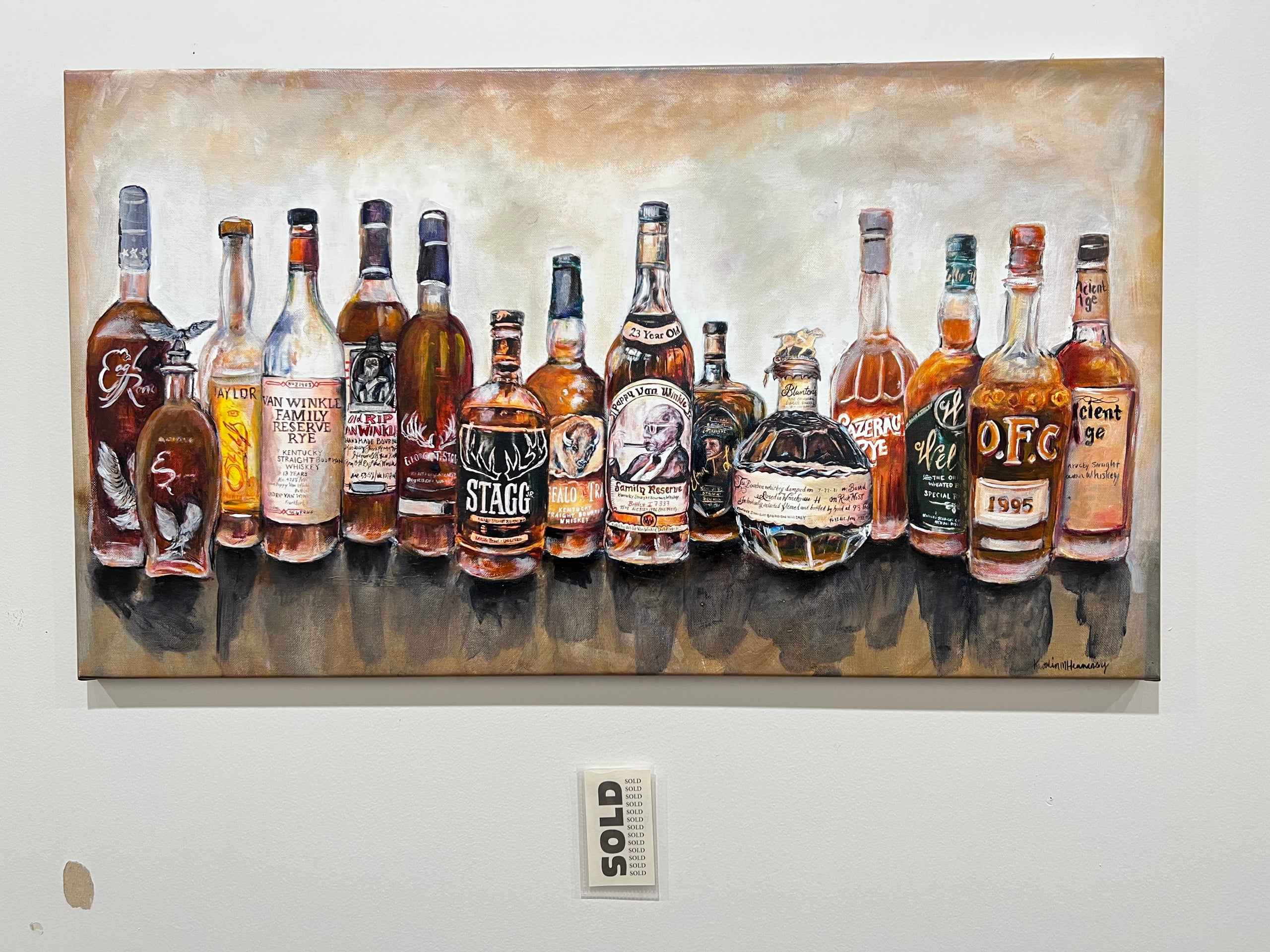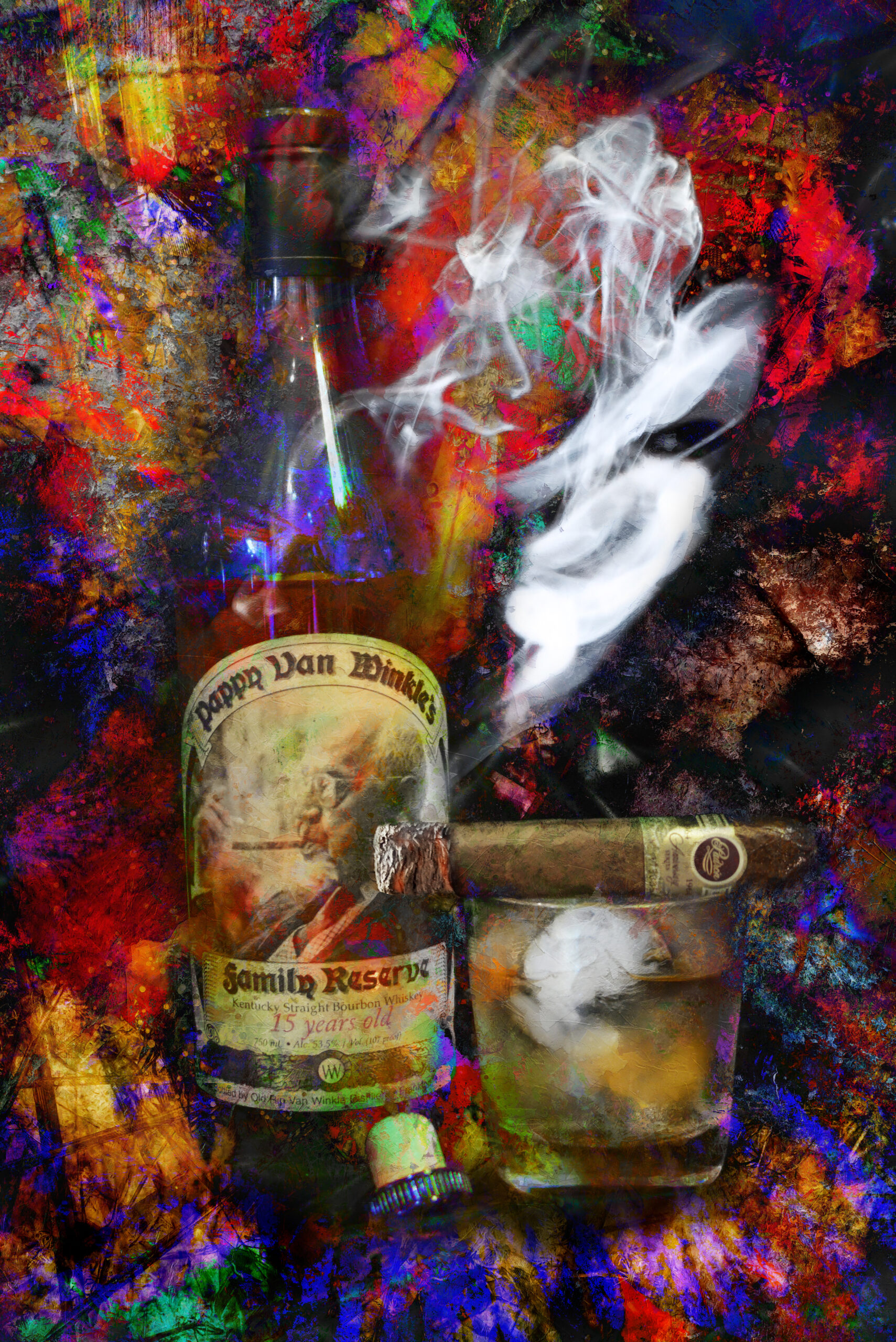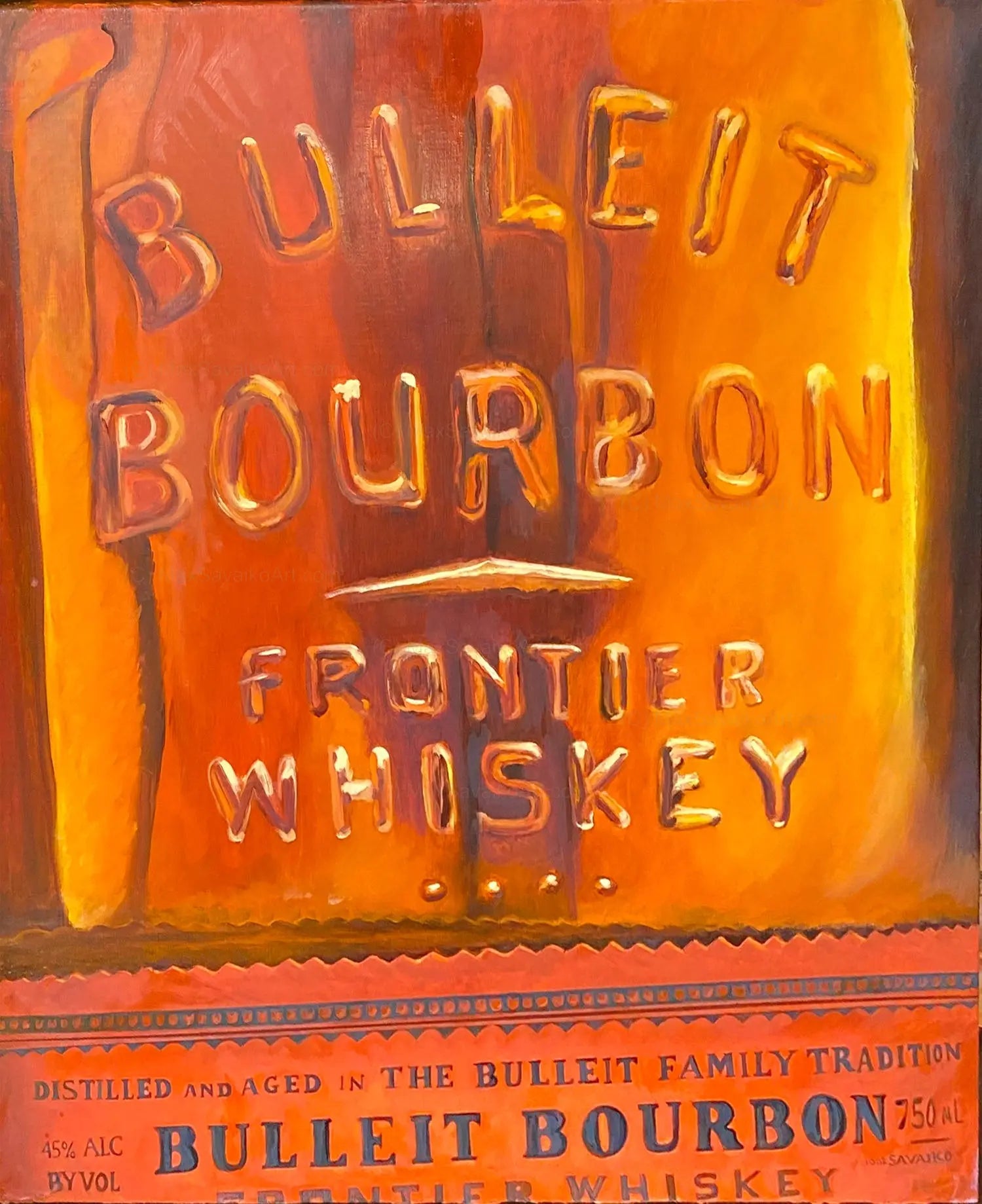Limited Edition Bourbon Art: Why Collectors Are Flocking to Distinct Finds
Limited Edition Bourbon Art: Why Collectors Are Flocking to Distinct Finds
Blog Article
The Relevance of Whiskey Art in Celebrating Heritage and Craftsmanship in the Beverage Industry
The detailed connection in between scotch art and the celebration of heritage and workmanship within the beverage market can not be overemphasized. With attentively created containers and tags, scotch brands envelop their historical origins and the artisanal skills that specify their production methods.
The Historical Origins of Whiskey
At the heart of whiskey's allure exists an abundant tapestry of historical origins that trace back to old people. The beginnings of whiskey can be connected to the purification practices of the Sumerians and Babylonians around 2000 BCE, where early kinds of fermented grain beverages started to arise. It was in the Middle Ages that the art of purification evolved considerably, especially in Ireland and Scotland, leading to the production of whiskey as we know it today.
The term "scotch" itself acquires from the Gaelic word "uisce beatha," implying "water of life." This expression highlights the social importance of scotch in Celtic cultures, where it was usually related to routines, parties, and common bonding. By the 15th century, purification came to be an identified craft within reclusive areas, leading the way for the facility of legal distilleries.
As trade courses expanded, whiskey's popularity grew, going beyond regional limits and recording the passion of lovers worldwide. Limited Edition. This historic journey shows not only the craftsmanship behind bourbon production yet likewise its indispensable duty in social and social contexts, marking it as a considerable drink throughout background
Artistic Expression in Branding
Bourbon branding stands as an engaging crossway of artistry and business, where visual identification plays a crucial function fit customer perception. The looks of scotch tags, product packaging, and advertising and marketing materials mirror not just the brand name's tale however likewise its core values and heritage. Through imaginative expression, distilleries convey a narrative that reverberates with consumers, evoking feelings and triggering connections.
Using color, typography, and images in branding serves to differentiate items in a saturated market. For example, traditional themes may stimulate a sense of credibility and craftsmanship, while modern-day designs can indicate advancement and forward-thinking. This tactical artistic instructions enhances brand name acknowledgment and commitment, allowing customers to forge a personal partnership with the bourbon they pick.
Moreover, artistic expression in branding often offers as a party of local heritage. Distilleries often incorporate regional symbols or historical referrals right into their designs, producing a sense of location that invites consumers to take part in a more comprehensive cultural experience. Ultimately, the virtuosity behind whiskey branding not just improves visual allure however additionally improves the overall story of the brand name, promoting a much deeper gratitude for the workmanship and heritage embedded in each bottle.
Craftsmanship in Container Style
The artistry apparent in bourbon branding expands past visual identity to include the workmanship associated with container style. Each container works as a vessel not just for the spirit within, yet likewise for the story it informs concerning its custom, origin, and quality. The layout process requires meticulous attention to information, as elements such as shape, material, and closure contribute dramatically to the general understanding of the scotch.
Craftsmanship in container layout includes selecting high-quality glass that can improve the whiskey's shade and quality, while also providing a responsive experience for the consumer. The silhouette of the bottle must be both cosmetically attractive and useful, commonly mirroring the heritage of the brand name. Lots of distilleries choose special shapes or printed logos that evoke a sense of authenticity and background.
Moreover, the tag style and typography play a critical duty in connecting the brand name's narrative. Limited Edition. A well-crafted bottle not just captivates the consumer's eye however also strengthens the brand's commitment to top quality and custom. This way, the workmanship of container design comes to be a vital facet of the whiskey experience, merging virtuosity with a profound regard for heritage
Social Relevance of Bourbon Art
Celebrating practice and workmanship, the social value of scotch art transcends plain looks, linking with the historical and social narratives of the areas where it originates. Each bottle acts as a canvas, portraying the one-of-a-kind stories, folklore, and traditions that have shaped neighborhood whiskey-making methods. The complex styles often show the heritage of the distillers, incorporating symbols and concepts that reverberate with the culture and worths of their neighborhoods.

In enhancement, scotch art plays a vital function in public gatherings and parties, working as a concrete web link in between individuals and their shared experiences. By appreciating the creativity in bourbon packaging, consumers grow a much deeper understanding and respect for the craft, eventually improving their enjoyment of the beverage itself.
Modern Trends in Bourbon Discussion
In recent years, the presentation of bourbon has progressed to reflect contemporary tastes and fads while still recognizing conventional craftsmanship - Realism Art. Distilleries are increasingly concentrating on aesthetic aspects that boost the overall alcohol consumption experience, linking the gap between heritage and modernity
Ingenious bottle styles have actually arised, often incorporating sustainable materials and creative labels that inform compelling stories. Many brand names now team up with local artists, instilling their products with special aesthetic expressions that reverberate with customers. Additionally, limited-edition launches are often packaged in collectible containers, adding worth and appeal for aficionados.

Conclusion
Finally, bourbon art functions as a vital avenue for sharing the heritage and workmanship intrinsic Whiskey Art in the beverage market. With detailed branding, ingenious bottle layouts, and culturally considerable imaginative components, scotch brands successfully honor their traditions and get in touch with consumers. This creative story not just elevates the gratitude of scotch but likewise enhances community identity and satisfaction amongst manufacturers. Eventually, scotch art plays an essential function in preserving and celebrating the rich social tapestry of whiskey-making.


Craftsmanship in container layout involves choosing high-quality glass that can improve the bourbon's color and clarity, while likewise offering a responsive experience for the customer. In this method, the craftsmanship of container style becomes a vital facet of the bourbon experience, merging virtuosity with a profound respect for heritage.
In conclusion, bourbon art offers as a crucial conduit for revealing the heritage and workmanship fundamental in the drink market.
Report this page